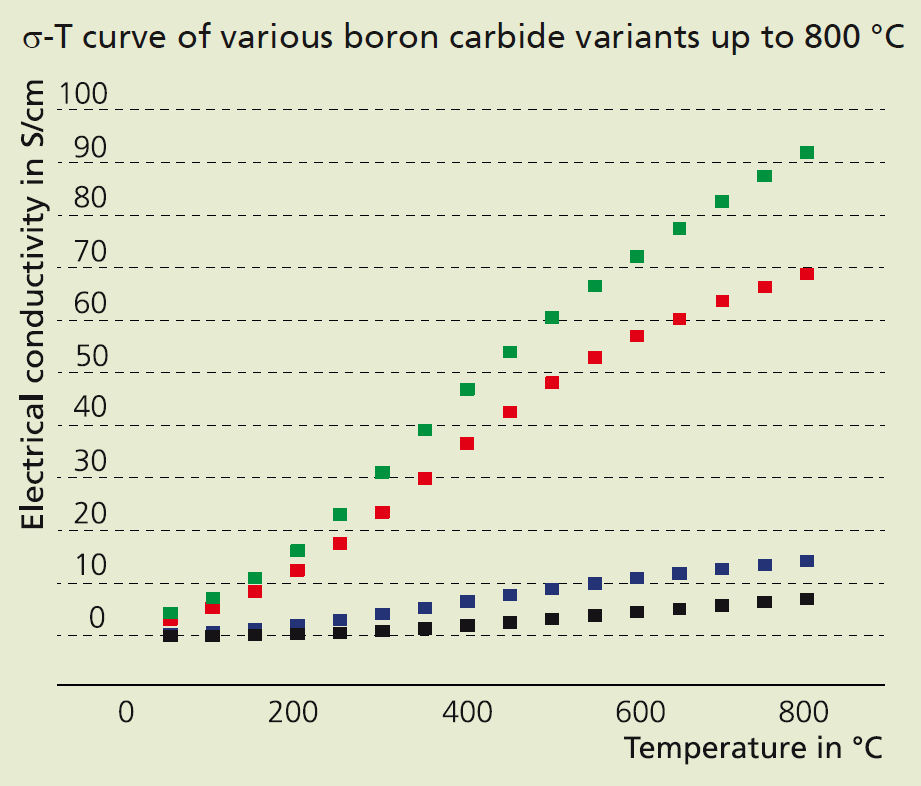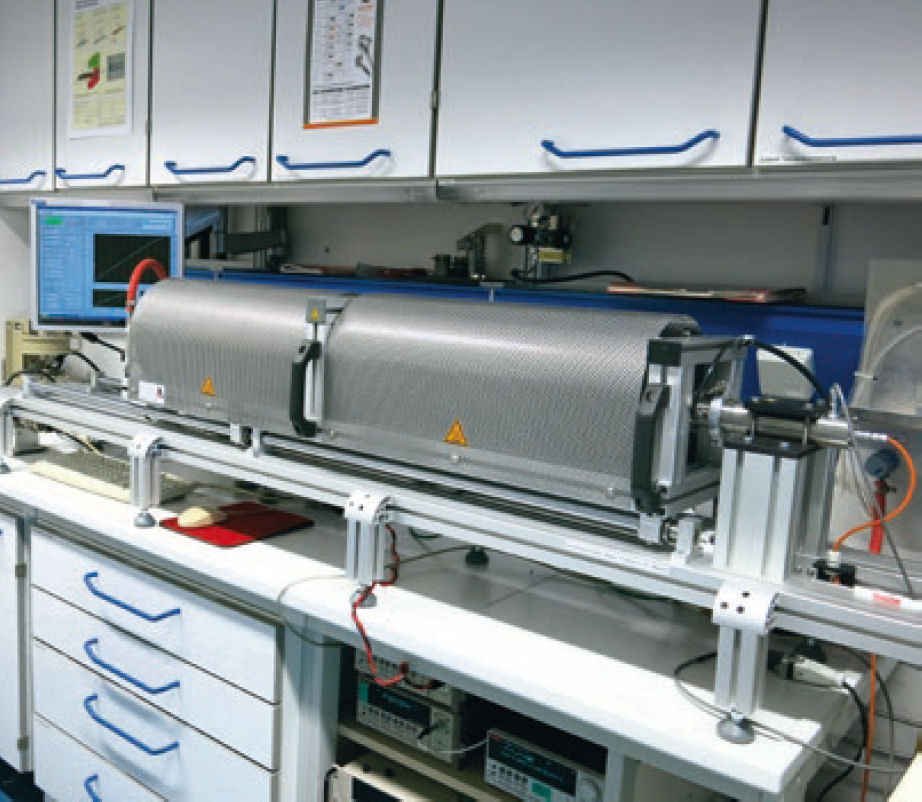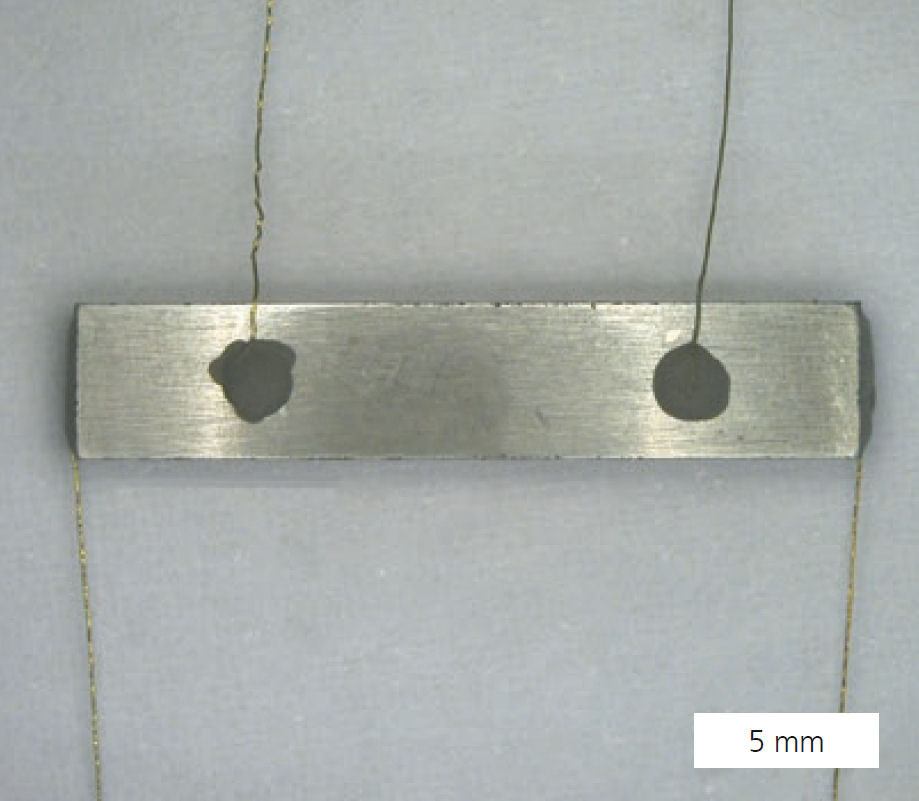Electrically conductive ceramics can be used in numerous applications, e.g. as heating elements or thermoelectrically active materials. They are distinguished from conventional materials by high-temperature resistance and excellent chemical stability.
Detailed knowledge about the electrical behavior of these materials is a prerequisite before they can be adapted to their respective application. Additionally, measuring electrical resistance may also yield information about their oxidation behavior, phase conversion or crack formation in relation to their temperature, all with a high degree of precision and sensitivity.
However, the precise measuring of the electrical resistance of ceramics is more of a challenge than is the case with metals. Depending on the type of ceramic material contact and wire resistance as well as thermoelectric voltages, for example, reach different levels.
Various equipment and contact concepts are applied depending on objectives and resistance level. In order to minimize errors due to contact and wire resistances when measuring small resistances, a measuring arrangement was used which combines a high-resistance nanovoltmeter with a current source in a four-wire measuring arrangement.
Fraunhofer IKTS has a number of test setups available for resistance measurements on air, forming gas and inert atmospheres at up to 1400 °C, as well as a cryostat vessel for temperatures down to -190 °C.
Services offered
- Precise measurement of electrical resistance in the range of 10-4 to 106 Ω at temperatures from -190 to 1400 °C under argon-, nitrogen- or hydrogen-containing inert gases or in air
- Bespoke measurement set-ups (4-point or 2-point method, van der Pauw)
- Customer-specific solutions


